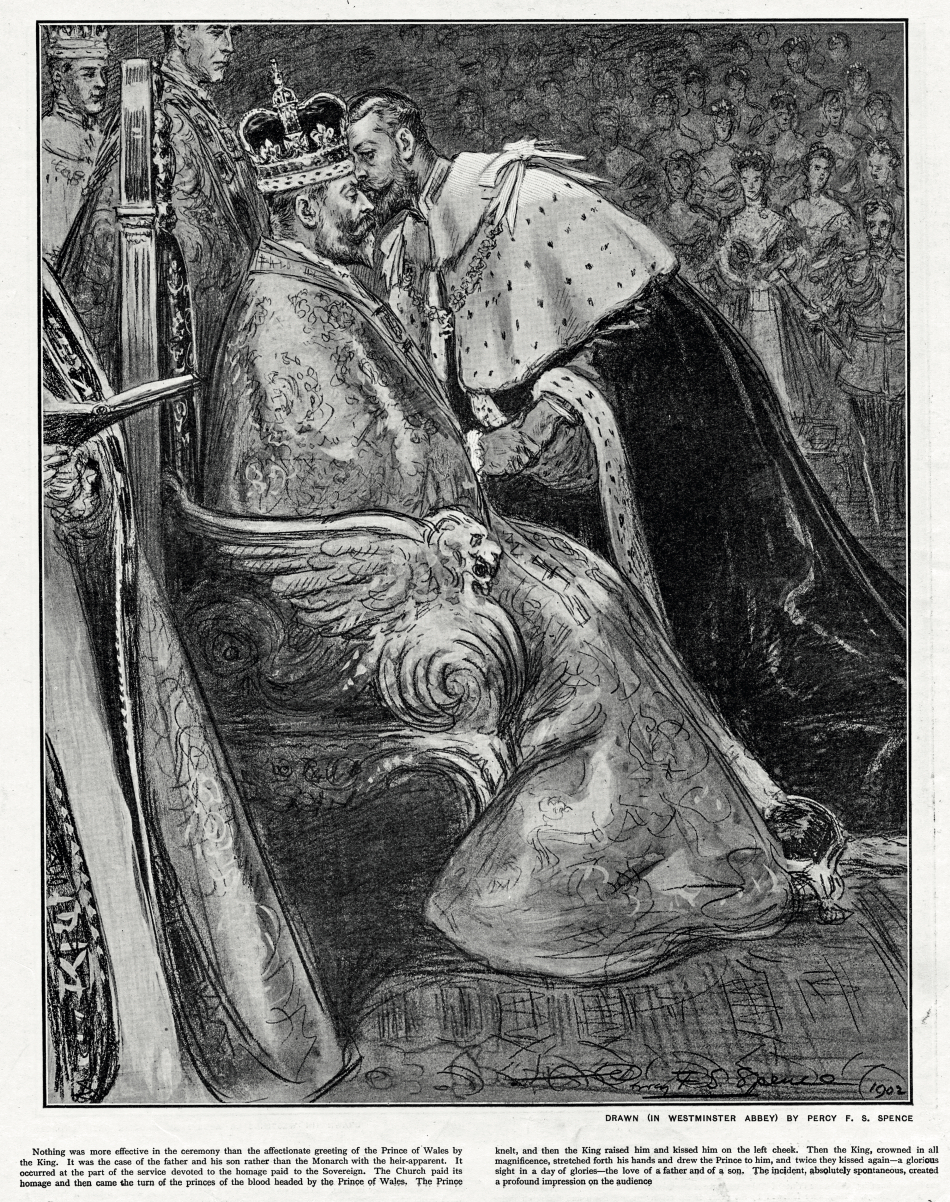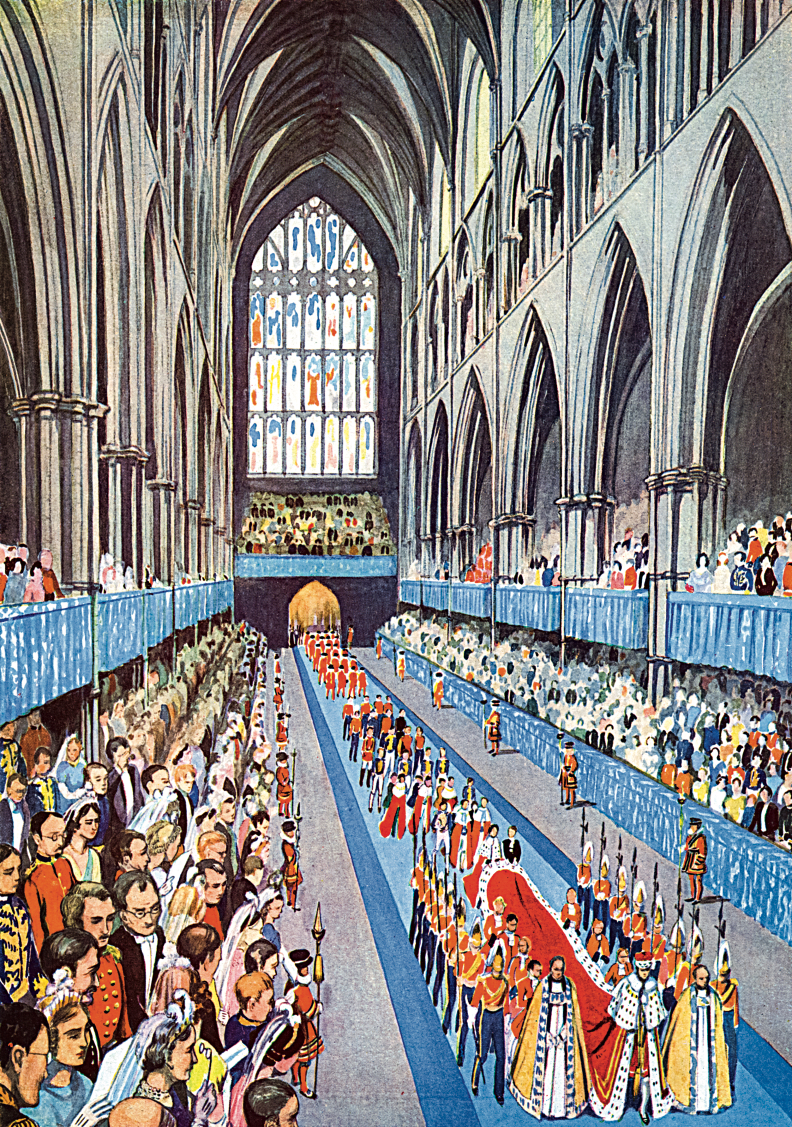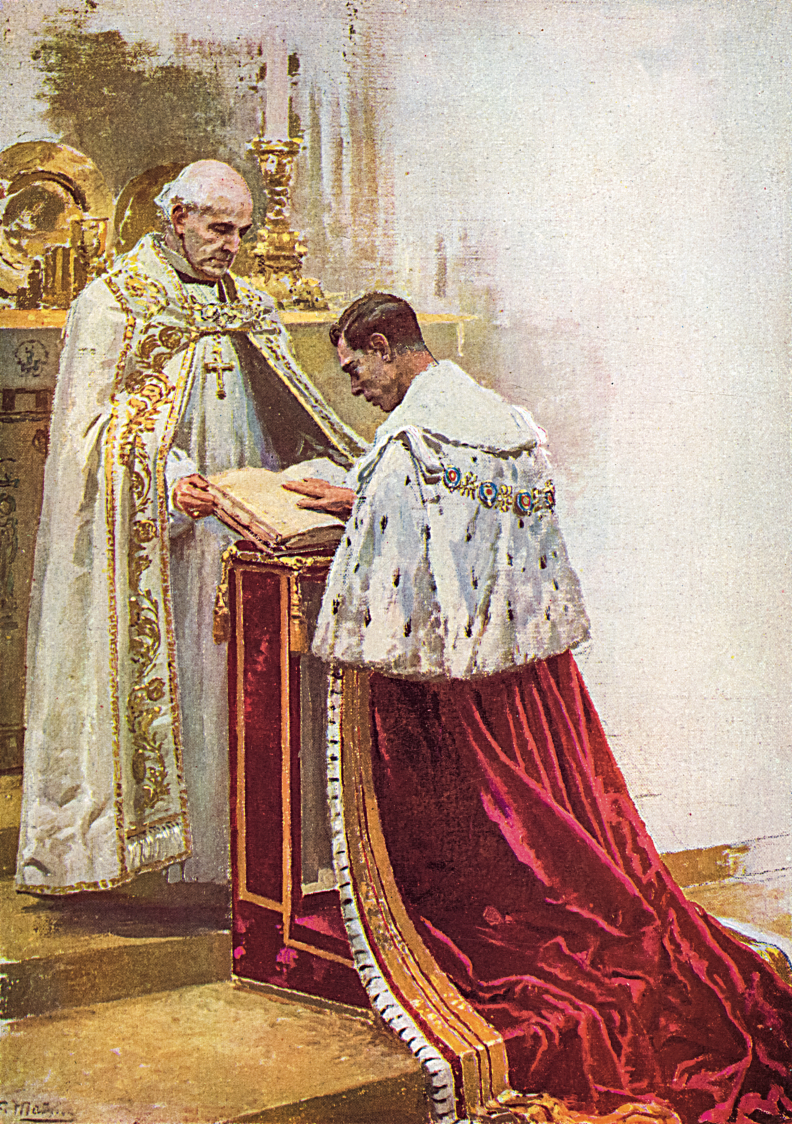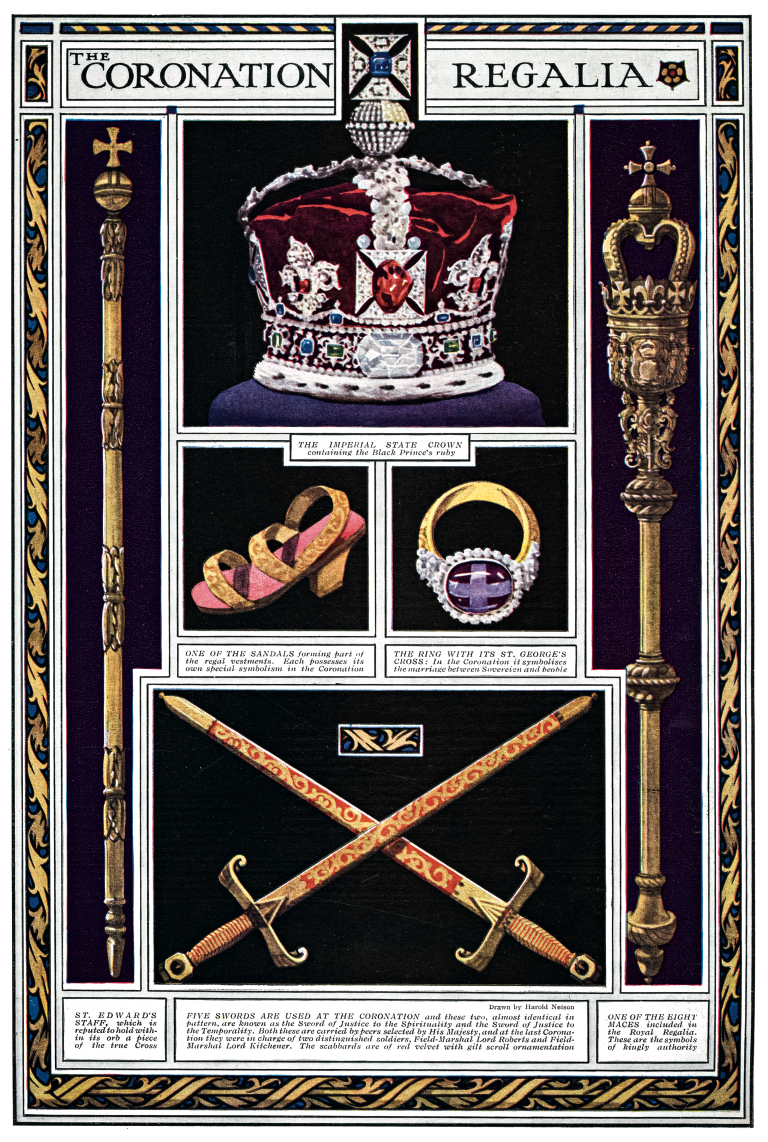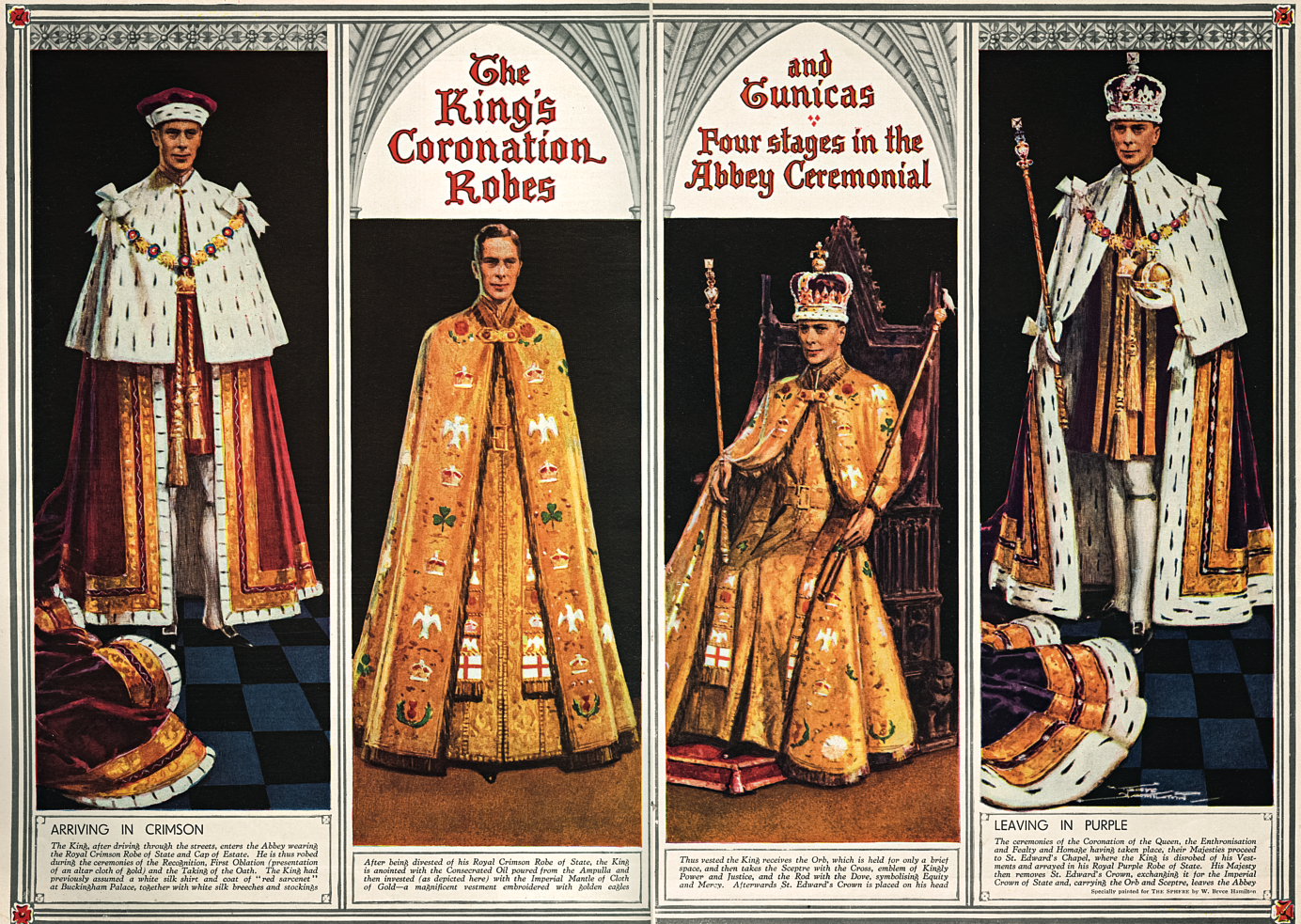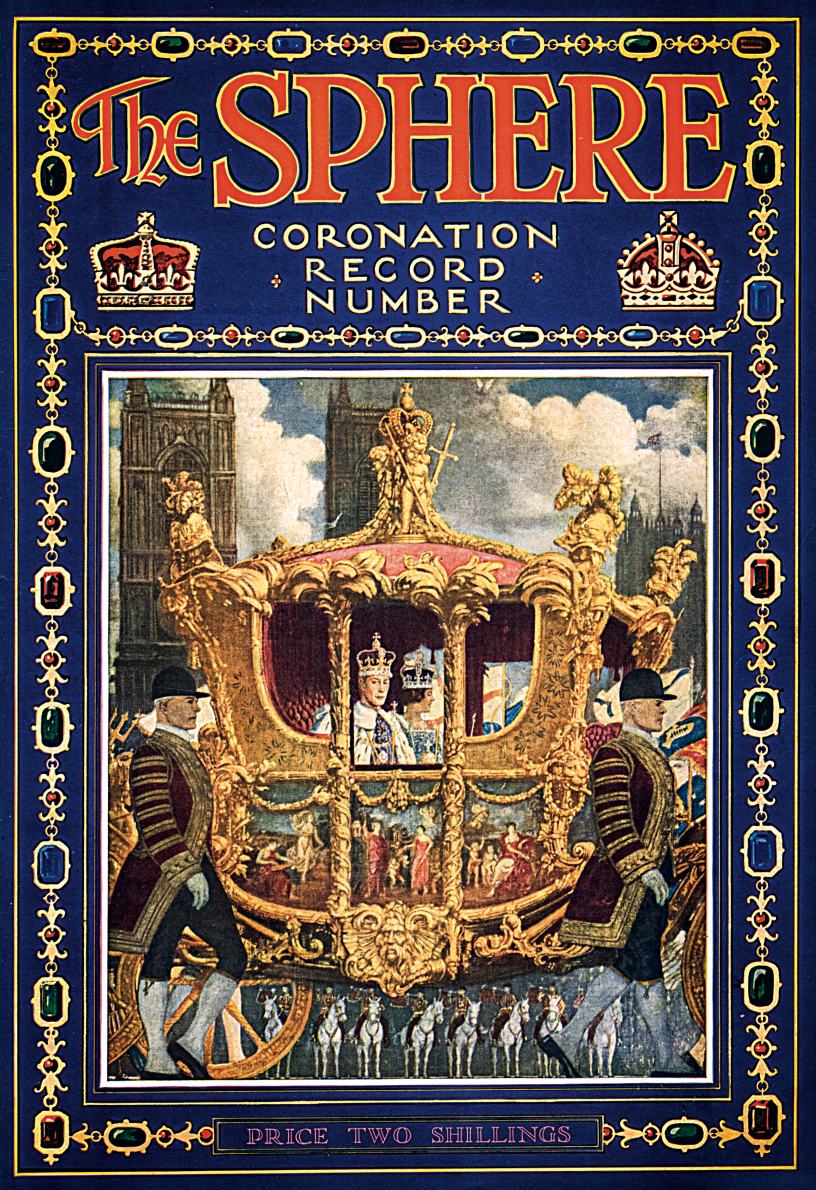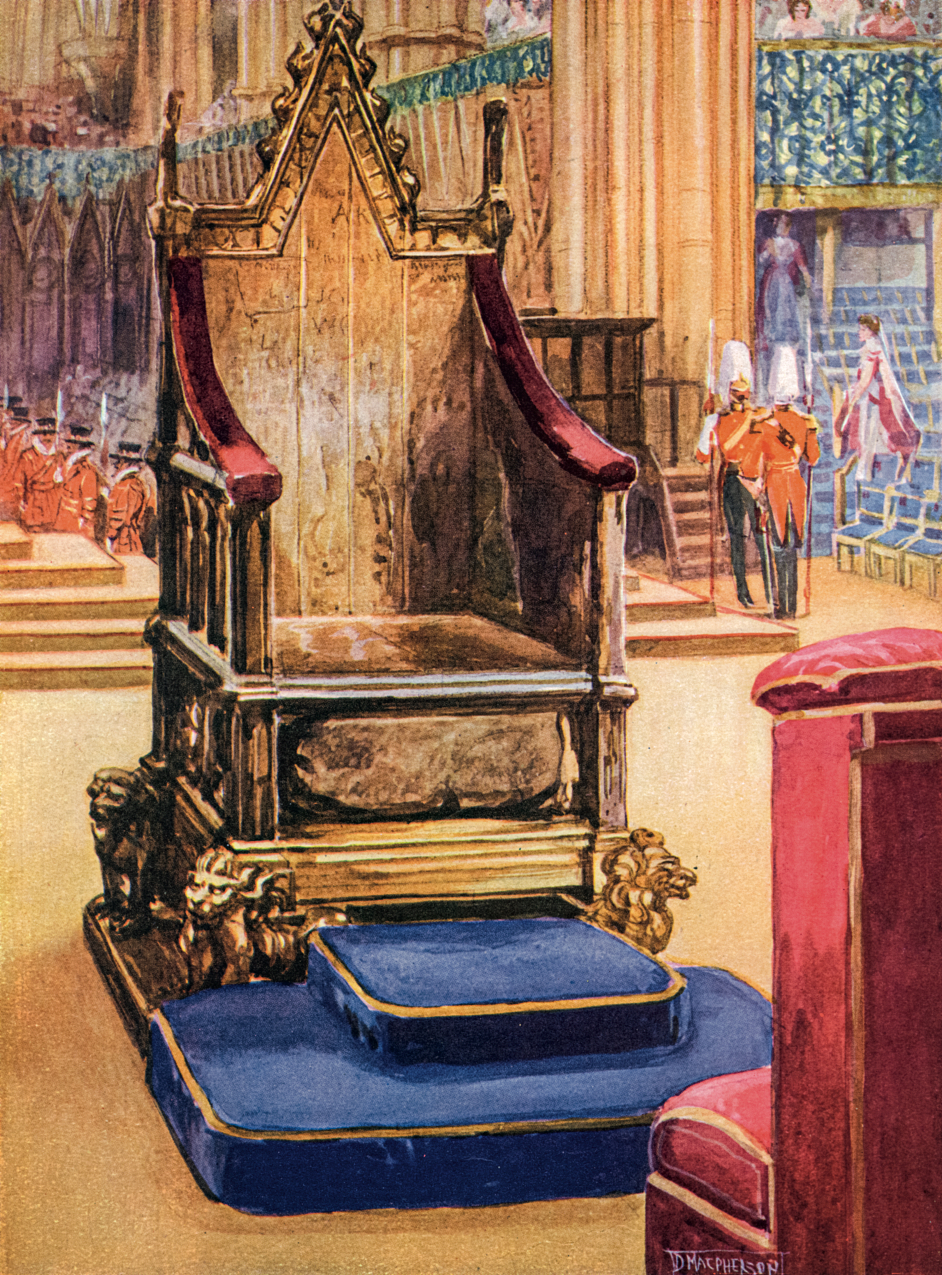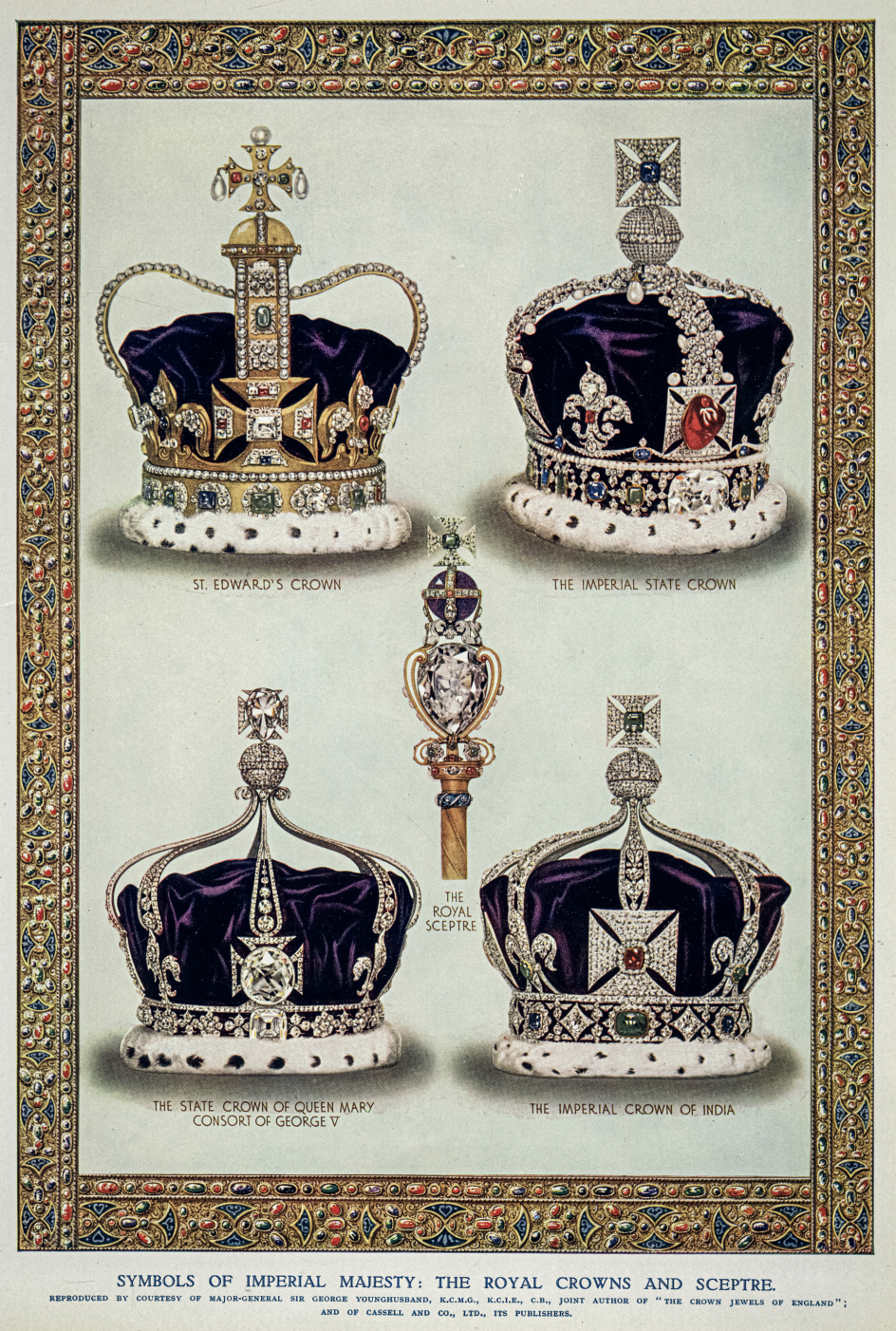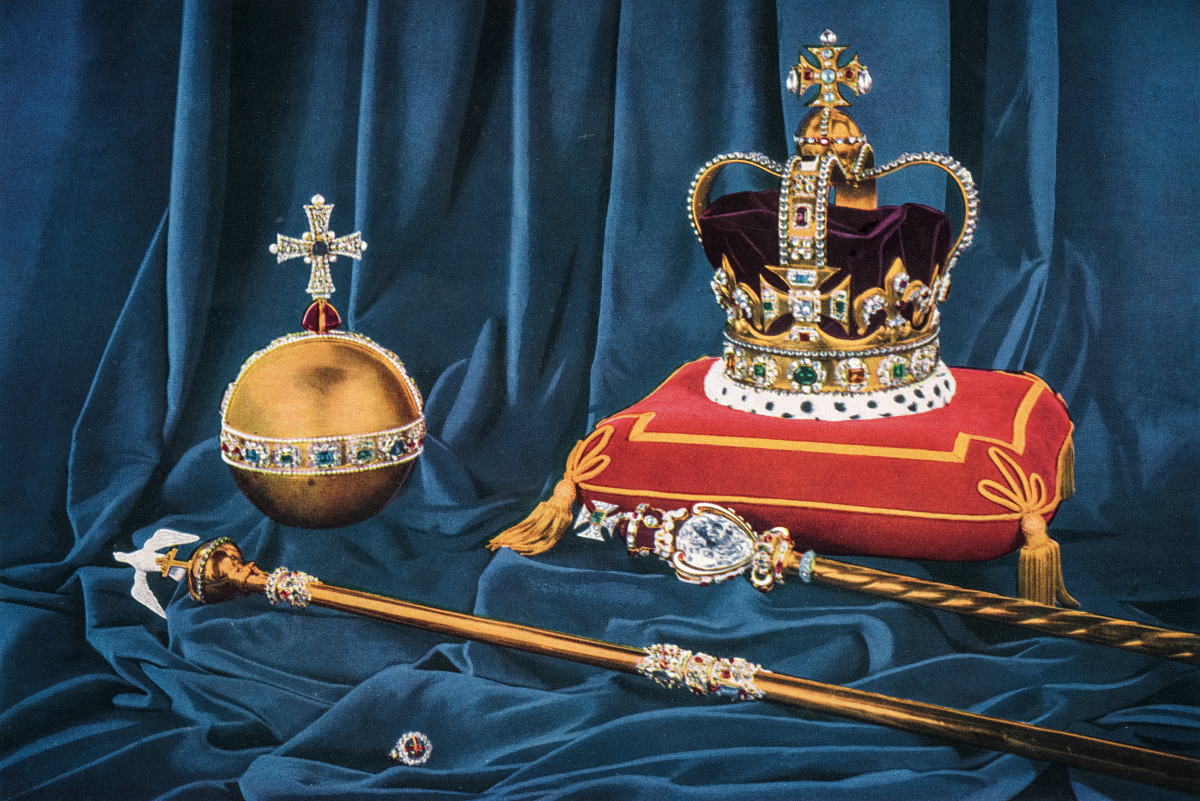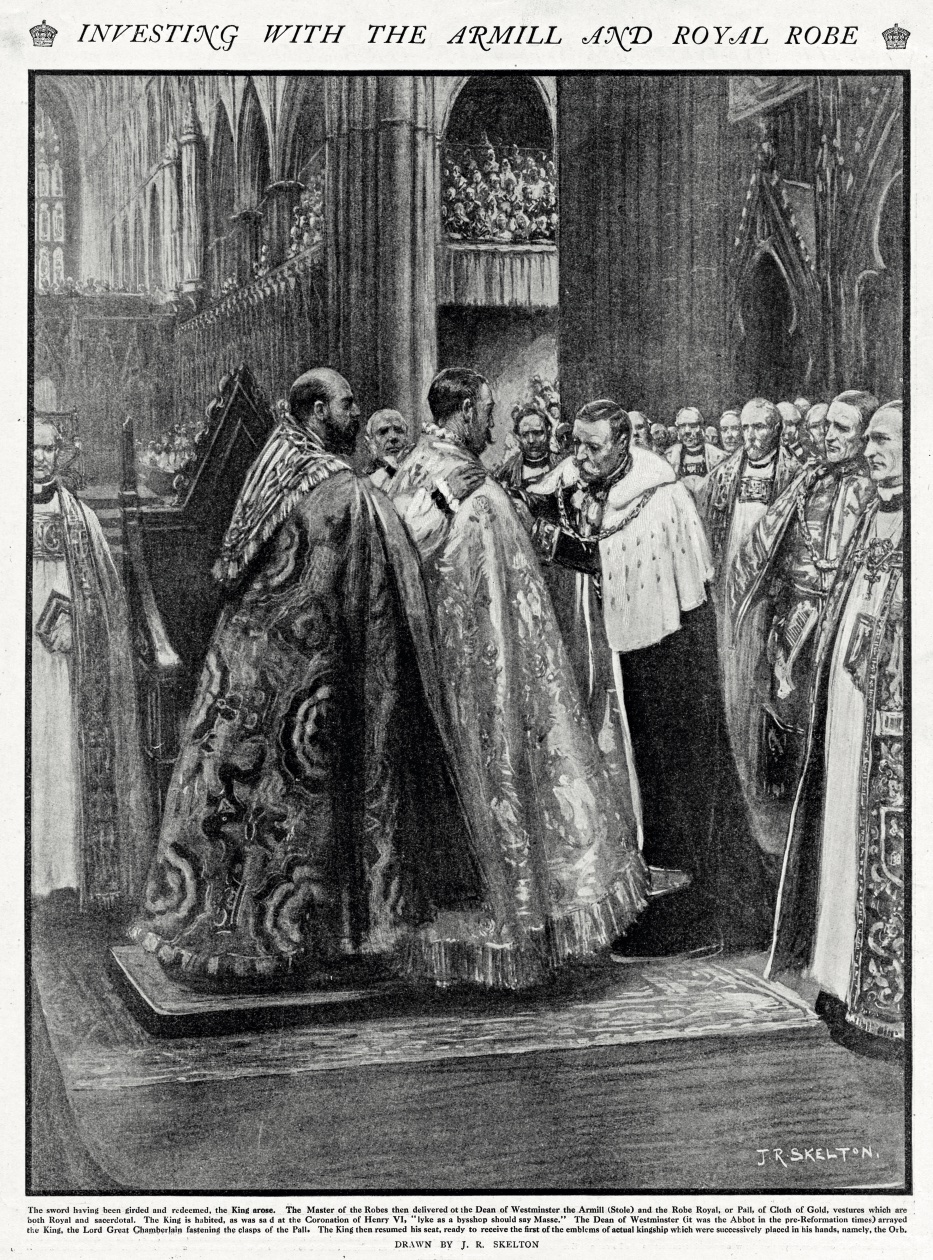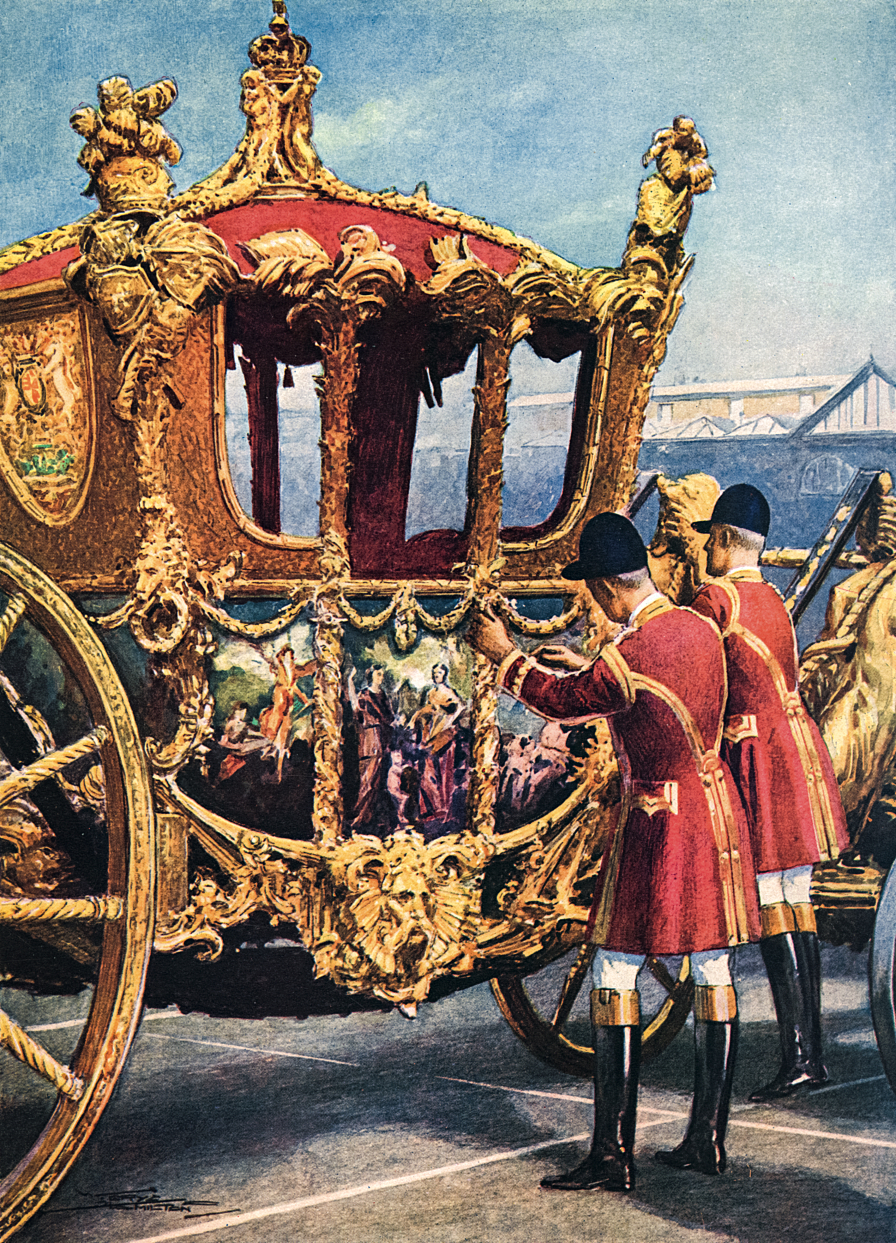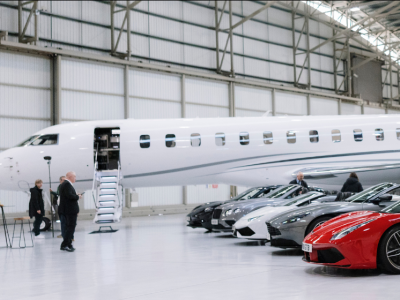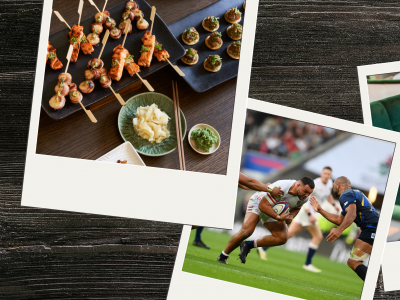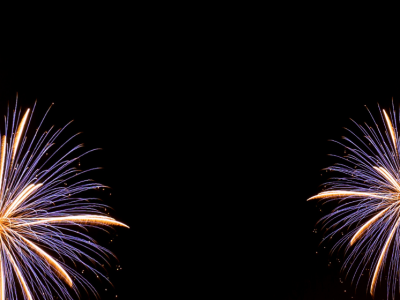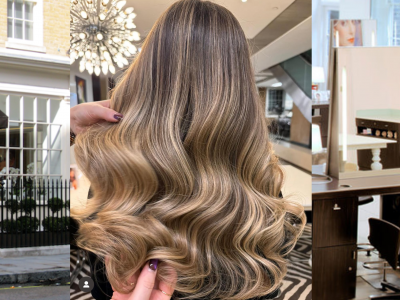Coronations, like many aspects of public life, have to move with the times. King Charles III and Camilla, The Queen Consort, will, like 39 monarchs before them, be crowned in the 13th-century Westminster Abbey by the Archbishop of Canterbury. We know that in comparison to the Coronation of The King’s mother, 70 years ago, this will be a shorter ceremony with a smaller congregation and, probably, fewer participants than the almost 30,000 individuals who took part in the 1953 Coronation procession.
Unnecessary extravagance will be closely scrutinised at the King's Coronation, as the country navigates a cost-of-living crisis. Nevertheless, this will be balanced with a sense of occasion, the pageantry and the flourish that the country is renowned for — if we are good at anything in the UK, it is putting on a show. The King's Coronation is an opportunity for Britain to show the world that its monarchy and history are a source of national pride.


